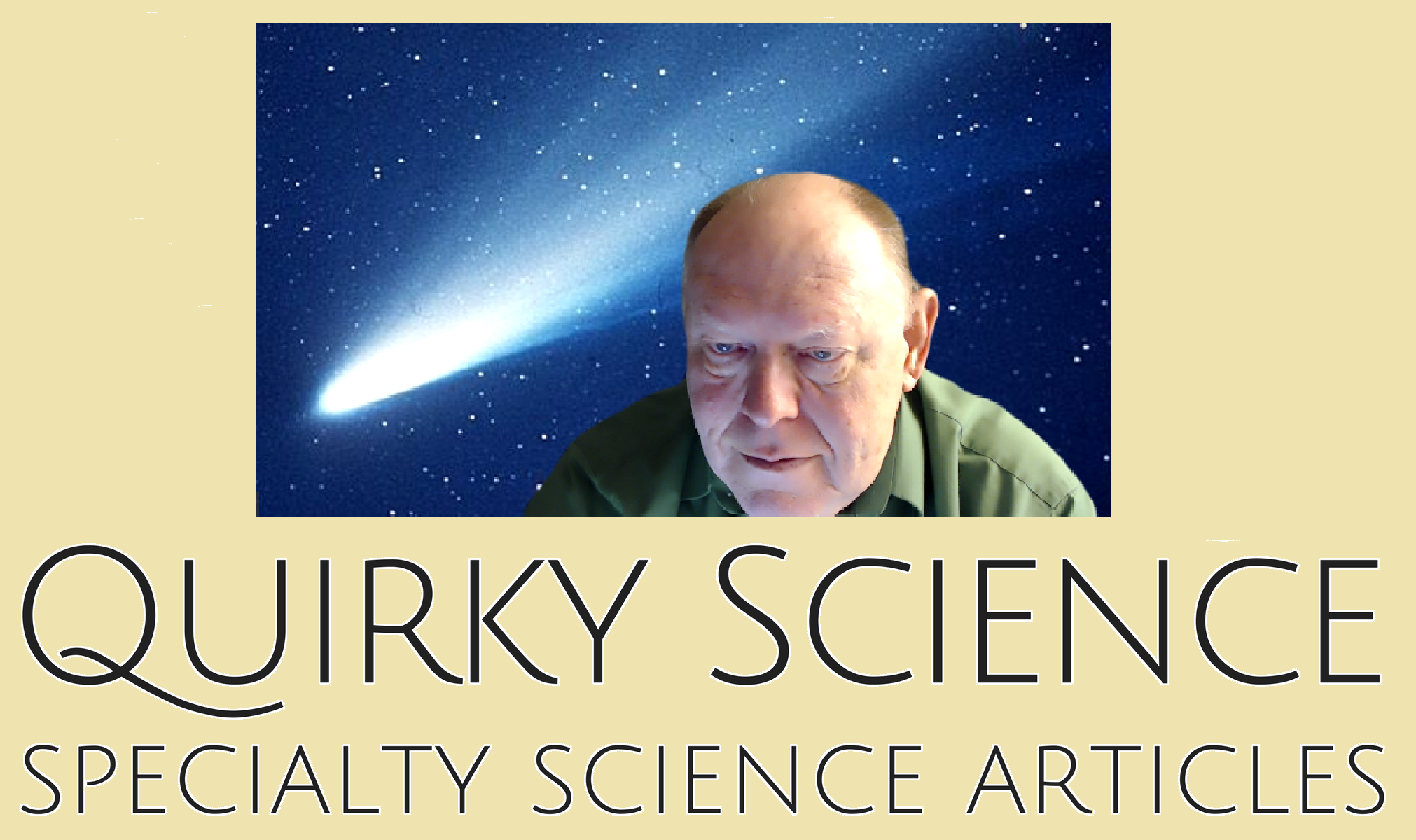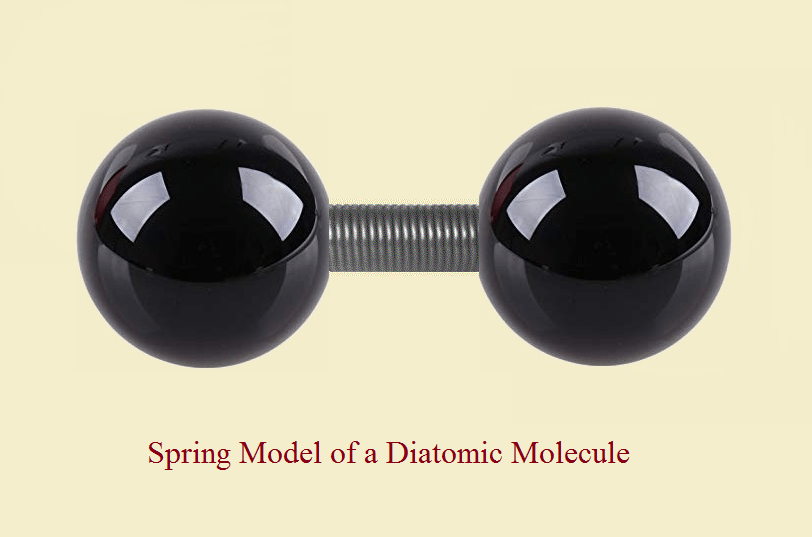Beets for Baby? If So, You Might Want to Read This
When I was a young child, my mom fed me a variety of foods. And that is great! Kids today are asked what they would like to eat, rather than being told this is what we are eating tonight... Well, I was served, among whatever else Mom gave me, beets. Delicious beets. Beets are tender, sweet, and if served as they were served to me, buttery and salty. A really marvelous food. Well, the next day, Mom called the Doctor in a panic... "Doctor," she cried, "my baby has blood in his stool!" The Doctor's Response: Beets "What did he eat yesterday?" Well, you get the point. I'd been given some of these delicious red orbs to eat. So if you choose to feed your little child beets, just remember…

